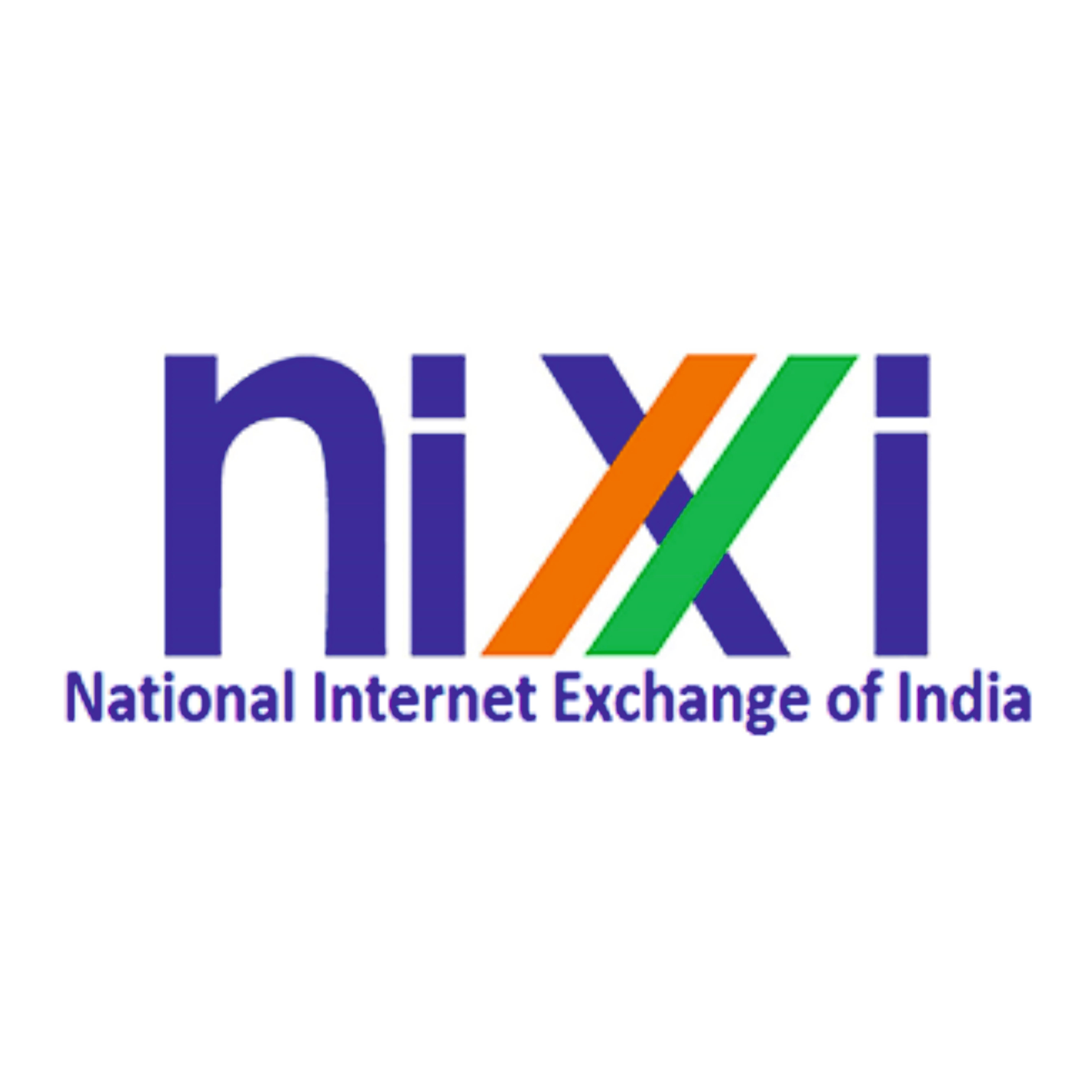How a .in domain propelled Schmancy’s sustainable packaging range to become a global success
Schmancy, offers brands sustainable customised packaging solutions.
It was as a favour to a friend who was opening a bakery that Nikhil Parekh rolled out his first customised packaging range in 2014. Running a family-run packaging business for more than a decade, the engineer-turned-entrepreneur had his work cut out and it mainly focused on plastic-based products.
“As my friend was just starting out, she didn't want to place a big order and only wanted 500 packets,” remembers Nikhil. The single order introduced Nikhil to a business opportunity that was fast gaining traction in metros like Bengaluru. He started dabbling in it part-time to see where it takes him. And, the returns were surprising. So, in 2016 he decided to launch , which offered brands sustainable customised packaging solutions.
As word spread, Nikhil’s clientele expanded from posh bakeries of Bengaluru to those nestled in narrow streets. With his background in software, Nikhil knew a website would enable him to widen his reach beyond the city and he got a .in domain name registered for his brand. With Schmancy being just a few clicks away from customers, it wasn’t long before the company was flooded with orders.

Cue to the present, the brand is clocking over Rs 6.5 crore in annual revenue as a .in domain name enabled it to reach out to even international clients. But, the journey till now was anything but easy. "One of the early challenges that we faced was getting the Indian audience to get used to the concept of quality packaging. For most people, it is just a thing that covers the product and customers are ultimately going to throw it away. People don't understand the value it adds to a great product and how useful it can be for branding,” he explains.
Digital push for business growth
Talking about his early days, Nikhil says that he and his team started by selling on Facebook groups, but it soon turned out to be very inconvenient. “It was a nightmare when it came to following up and tracking orders as people were contacting us at odd hours and would expect prompt replies.”
That’s another reason why he went for a .in domain as it made it easier to interact with the clients, while getting access to a wider audience. “This was also the time when people didn't want to buy products from countries like China, which was among the major producers of packaging materials. They were drawn to Indian brands. So, a .in domain name made it that much easier for us to sell international-level quality products,” he says.
The National Internet Exchange of India (NIXI) has helped hundreds of businesses across sectors and sizes distinguish themselves as a brand with its .in or .Bharat domain — which is India’s Country Code Top Level Domain (ccTLD). It’s among the only internet exchanges in the world to offer a ccTLD in multiple languages. By opting for a .in and .Bharat, one can choose between 22 languages for a domain name.
While explaining why he decided to go for a .in domain as opposed to other domain names, Nikhil says that it was very easy and affordable to get a .in domain name. In his words, it had all the things that one should look out for in a domain name: ease of naming a website, easy recollection by the audience and can be spelt easily. "Though we feel, we got the last part wrong with a brand like Schmancy," he chuckles.
Proud to be made in India
In 2016, Nikhil had even considered opting for a .com domain name. "But, then we realised that the advantages of having a .in domain name outweighed those of the other options. We also found that domain name also helped us draw the attention of a lot of international clients who were interested in working with an Indian packaging facility. We then changed our mind and got a five-year contract for a .in domain," he says.
He adds that had the company chosen a .com domain, there were chances of the brand being mistaken for a non-Indian one. “A .in domain sounded just more Indian and simple for people to get it,” he says.
What stands out about Schmancy’s products is its focus on sustainability. “Sustainability is not just about using biodegradable products or composting waste. It needs to be ingrained in the entire lifecycle of the product. In our case, the principle rules our entire end-to-end production cycle, right from the ink we use to the chemical that is used to clean our printing machines,” he adds.
When the COVID-19 pandemic struck and businesses began to feel the heat of an economic crisis, an online brand presence helped the Schmancy team to sail through the storm. "We were catering to the packaging needs of several restaurants who offered takeaway services. During the pandemic, their online delivery model grew phenomenally and there was a huge jump in sales."
He observed that the brands which were already invested in hygienic and quality packaging did not seem to suffer during the pandemic. "It's like even the customers started paying for quality packaging offered by these restaurants." Another factor that facilitated Schmancy's growth was the rise of B2C brands during the pandemic which catered to niche products and sectors. The company was able to reach out to a gamut of clients with its online presence and turn the crisis into an opportunity.
Nikhil says, "Before the pandemic, 70 percent of our clientele were B2B businesses. But, now 70 percent of our sales are routed via websites and just 30 percent from B2B businesses."
Delving into how a .in domain name was creating a level-playing field for small brands like his, Nikhil says, "A few years ago having a .com domain name meant that you're a global business. However, the rules of the game have changed now. Today, you can do the same with a .in and reach a global audience. It is just as powerful as a .com domain name."
The Shaping India Inc's Online Growth series chronicles the journeys of startups and SMEs in India and how creating an online presence on the .in or .Bharat domain powered their success stories.








